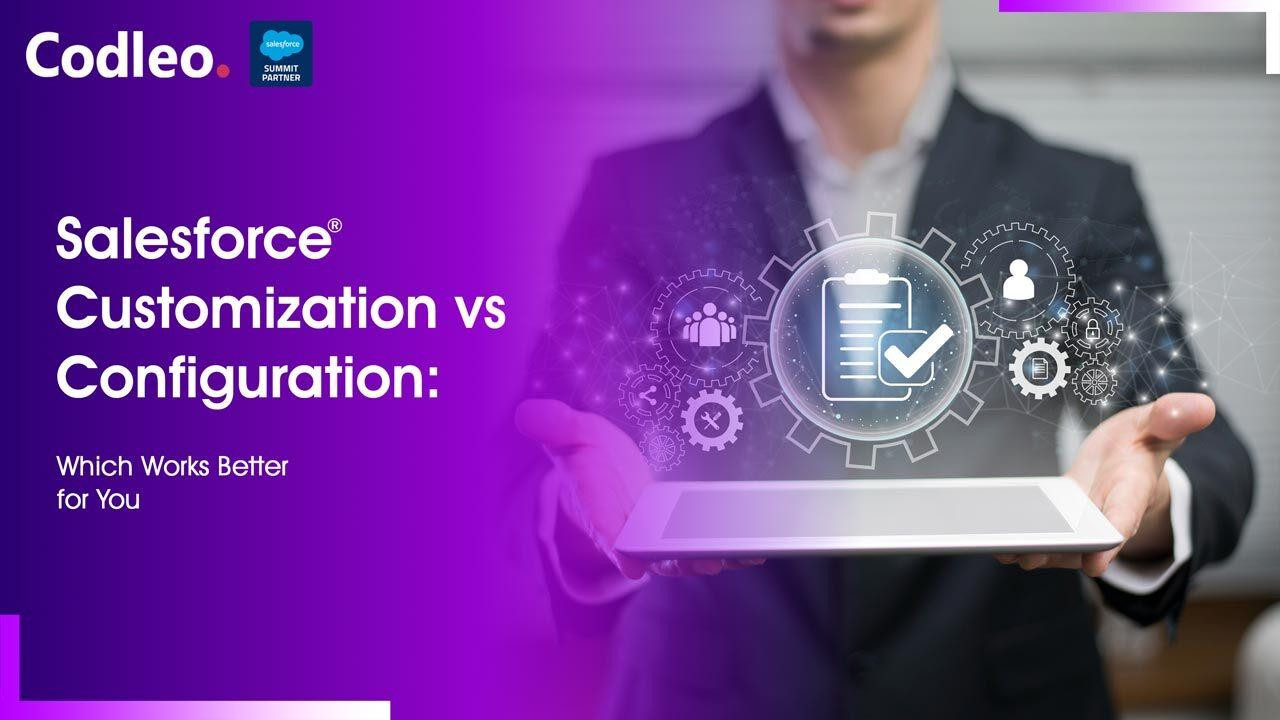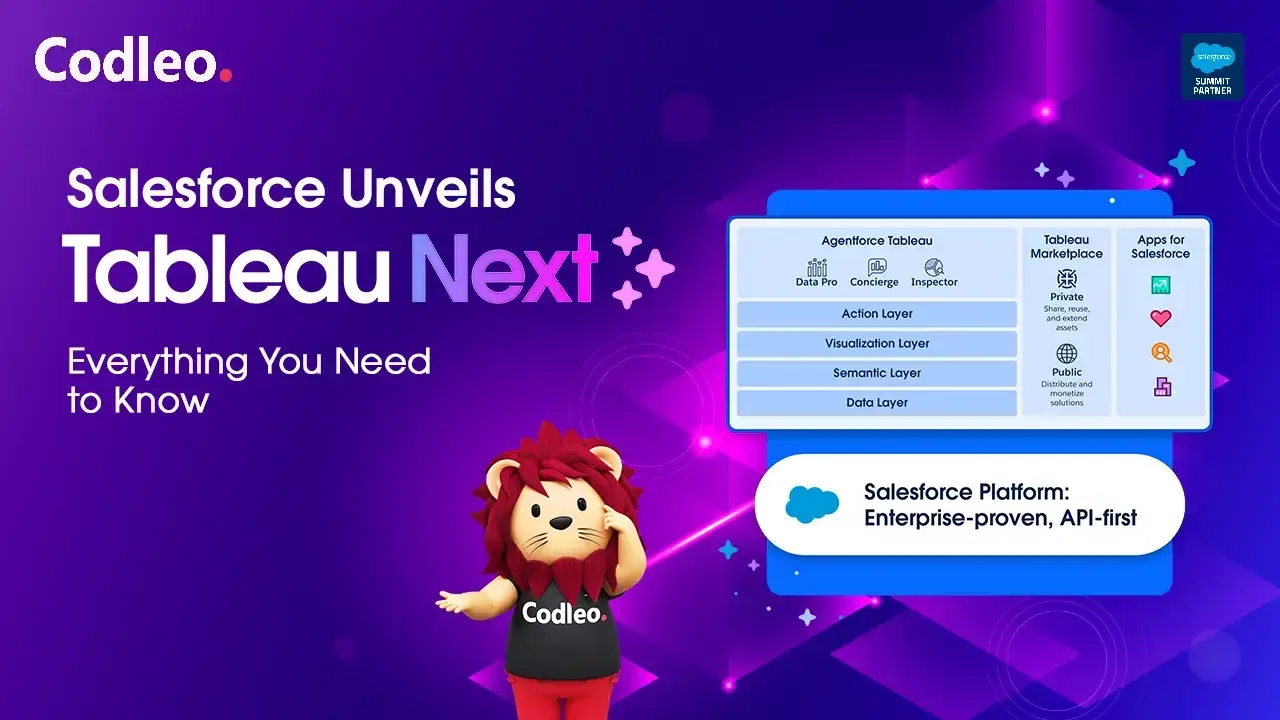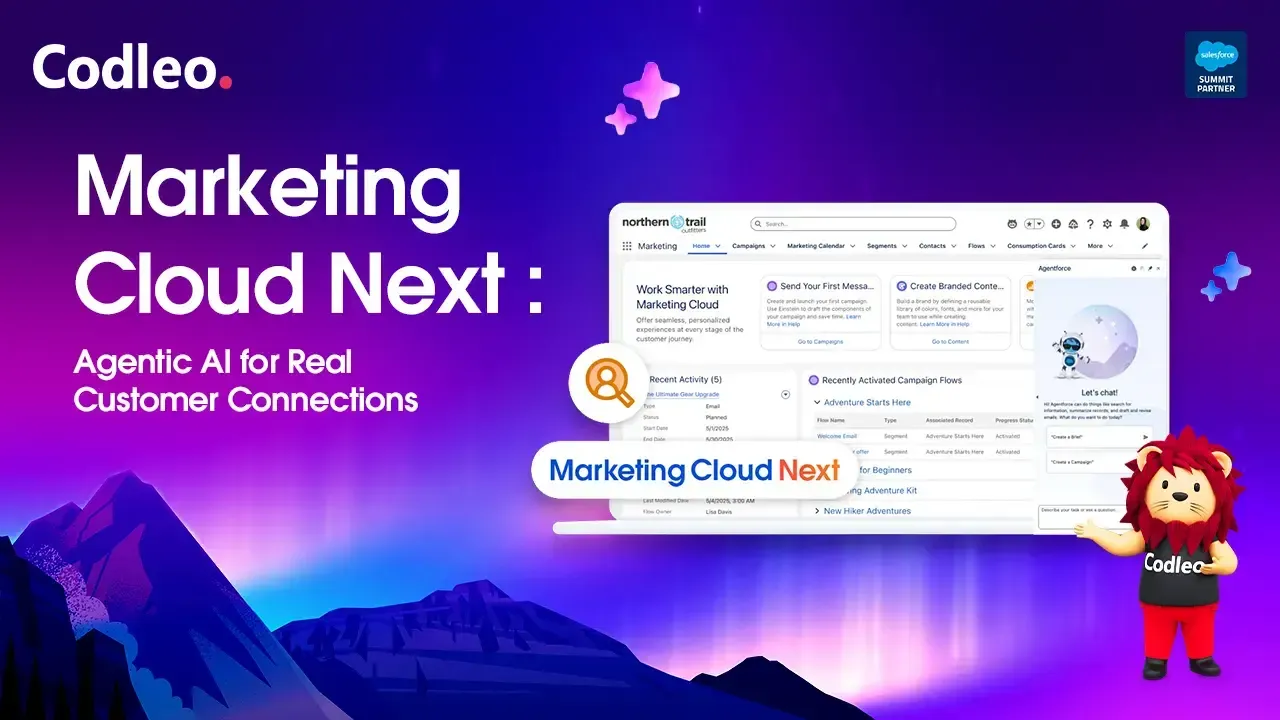Publish date:
Salesforce isn't just any CRM software; it's a game-changer. It helps you build stronger bonds with your customers, which, in turn, boosts your bottom line. Studies by Salesforce themselves show that companies using CRM see sales jump by an average of 29%! That's an impressive jump.
However, many businesses struggle to implement Salesforce and miss out on a great chance to boost their sales revenues. This is often because they lack proper guidance or clear directions on how to seamlessly integrate the CRM platform into their operations.
Here's a straightforward solution: create a thorough Salesforce implementation checklist. Let's explore what an implementation checklist is and why you need one.
What is a Salesforce Implementation Checklist?
A Salesforce implementation checklist is a structured guide with specific steps to help you avoid problems and implement Salesforce smoothly. It's a to-do list crafted by experts with plenty of experience setting up Salesforce CRM for businesses like yours.
The checklist also details the Salesforce implementation stages: planning, execution, deployment, and training.
A Salesforce study reveals that the failure rates for successfully implementing CRM solutions range from 30% to a startling 70%. This suggests that many businesses are struggling significantly with their CRM implementation efforts.
Let's examine why an implementation checklist for Salesforce is essential and how it can make a difference.
Improves Forecasting:
-
An implementation checklist can help you better forecast the next steps in setting up your system. It serves as a guide to ensure you don't skip any essential steps as you implement the CRM platform.
-
An exemplary implementation checklist isn't just about checking boxes. It helps you see what's coming up in the Salesforce setup process so you can plan. Think of it like a map on a road trip—you know where you're going, and the key stops along the way so that you can avoid any detours or missed turns.
Streamlines Tasks for Better Effectiveness:
-
The checklist boosts your business’s effectiveness by organizing tasks and clarifying the goals that Salesforce can help achieve.
-
An exemplary implementation checklist isn't just about setting up Salesforce; it's about making your business smoother. It enables you to organize tasks, figure out what you want to achieve with Salesforce, and use its features to get there faster. It's like having a to-do list that helps you work smarter, not harder.
Minimizes Errors for a Seamless Launch:
-
An exemplary implementation checklist is like having a clear set of instructions; it reduces the chances of making mistakes during Salesforce setup. This means you're less likely to run into snags and delays and can confidently launch your new CRM system.
-
With everything laid out in the Salesforce implementation checklist, the chances of errors are minimized, ensuring a smoother launch for businesses.
-
Now, let's dive into the ultimate Salesforce implementation checklist! This step-by-step guide will be a game-changer for your business's CRM journey.
The Ultimate Salesforce Implementation Checklist: Step-by-Step
Getting Ready to Thrive with Salesforce CRM
The secret weapon for a smooth Salesforce CRM launch? Planning! It's like building a house—you wouldn't start laying bricks without a blueprint, right? So, before we dive into the exciting world of customization, let's get ourselves prepped.
Step 1: Goals Galore!
First things first, what are you hoping to achieve with Salesforce? Do you want to streamline lead management, boost sales, or improve customer service? Having clear goals will be our compass throughout the entire process.
Step 2: Understanding Your Business Needs
Let's examine your business's current operations. What are your existing processes? By understanding your workflow, we can tailor Salesforce to fit seamlessly and avoid unnecessary disruptions.
Step 3: Keeping Track of Progress
We all love seeing progress! So, let's set some measurable milestones along the way. These will be like checkpoints, keeping us motivated and ensuring we're on the right track. Think of them as those handy progress bars in video games—except way more remarkable because they represent your business success!
Step 4: Building Your Dream Team
Assembling a dedicated team is key! These are the folks who will champion Salesforce within your company. They'll be the go-to gurus for any questions and will help ensure a smooth transition.
Step 5: Customizing for Success
Now comes the fun part—configuring Salesforce to perfectly match your business needs! We can automate tasks, manage leads easily, and leverage awesome technology to make your organization run like a well-oiled machine.
By following these steps, you'll be well on your way to a thriving Salesforce CRM implementation! It'll be like giving your business a superpower – the power of streamlined processes, improved efficiency, and happy customers!
Putting the Plan into Action: The Execution Stage
Now that our goals are clear and our team assembled (high five!), it's time to roll up our sleeves and start working with Salesforce. This is the Execution Stage, where things get exciting!
Step 1: Data Detox
Before we do anything, let's look at our existing data. Think of it like cleaning out your closet – you wouldn't want to move a bunch of dusty old clothes to your new place. We must ensure our data is accurate, organized, and ready for its new home in Salesforce.
Step 2: Data Migration Done Right
Imagine moving to a new house. You wouldn't just throw everything in a box and hope for the best, would you? Data migration is similar! We'll use a unique tool to carefully transfer your data to Salesforce, ensuring everything ends up in the right place. Think of it as meticulously labeling all your moving boxes – it saves many headaches later!
Step 3: Permissions Party (with Security in Mind!)
Just like you wouldn't give everyone a key to your new house, we need to set permissions in Salesforce. This ensures that only the right people have access to specific data. It's all about keeping things secure and organized.
Step 4: Mapping the Journey (No Data Silos Allowed!)
Data silos are like having a bunch of hidden rooms in your house – great for hiding presents but not so great for finding things you need! We'll use data mapping to ensure that all your information is connected and easily accessible within Salesforce. Think of it like drawing a detailed floor plan of your new home – everything is clear and easy to find.
Step 5: Integration Celebration!
-
Salesforce can become the central hub for all your business needs! We can integrate it with other essential tools you use, creating a beautiful symphony of streamlined processes. Imagine all your favorite apps working together seamlessly – it's a productivity party!
-
Once we've tackled these steps, we'll be ready to move on to the testing stage, ensuring everything works smoothly before launch day!
Deployment & Testing Stage
-
Before you roll out Salesforce to your team, setting the stage for success is crucial. Take the time to thoroughly test every function and workflow to ensure everything runs smoothly when it's in the hands of your team.
-
Ensure you have access to detailed information, reports, and dashboards to monitor progress and metrics closely. This helps you stay on top of things and address any issues.
-
Once the testing phase is complete from the QA side, it's time for User Acceptance Testing (UAT). This step is key because it allows real users to interact with the system and provide feedback. After all, the goal is to ensure your Salesforce setup is user-friendly and creates a positive experience for everyone involved.
Training Stage
-
Once your users have had their hands-on experience with testing, it's time to gear up for training sessions. We're discussing interactive demos, engaging seminars, and maybe even hopping on video calls to walk everyone through the ins and outs.
-
Training isn't just about showing folks how to click buttons; it's about ensuring they feel confident navigating Salesforce. We suggest throwing in some test cases to solidify their understanding.
-
After the training, a quick evaluation is a good idea. This helps ensure everyone's on the same page and ready to tackle any challenges that come their way.
-
Once everything's set and everyone's feeling comfortable, it's showtime! Roll out the final version of Salesforce, and don't forget to assemble your trusty support team. They'll be there to lend a hand whenever your users need a little extra guidance.
Additional Tips:
Here are some additional tips that you can consider following for a Salesforce Implementation Plan;
-
Mindful Customization: While Salesforce offers extensive customization options, striking a balance is crucial. Focus on user-centric customization rather than going overboard. Incorporate changes gradually based on user feedback to ensure alignment with their needs.
-
Continuous Learning and Adaptation: Embrace a constant learning and adaptation mindset throughout the implementation process. Be open to navigating through challenges and be prepared for adjustments along the way.
-
Celebrate Small Wins: Success in Salesforce implementation doesn't always come in big leaps. Celebrate more minor victories as they indicate progress. Building momentum with these milestones is key to achieving larger goals over time.
-
Stakeholder Alignment: Ensure alignment among stakeholders from the outset to prevent conflicts. Regular communication and collaboration with key stakeholders are essential for a smooth implementation process.
-
Data Quality Maintenance: Maintaining high data quality is paramount to avoiding inaccuracies and data silos. Prioritize data integrity throughout the implementation process to maximize the effectiveness of your Salesforce CRM.
-
Expert Guidance: Don't hesitate to seek guidance from experienced Salesforce implementation consultants. Their expertise can help navigate complexities and uncertainties, ensuring a successful implementation journey.
Summing Up:
Running Salesforce smoothly can feel like a maze without a roadmap or checklist. But fear not! This article is your ultimate guide, offering a checklist that'll make implementing Salesforce a breeze and save you loads of time. Here at Codleo, we swear by these best practices for our clients. So, if you're itching for seamless Salesforce implementation services for your organization, let's chat! We've got your back.















